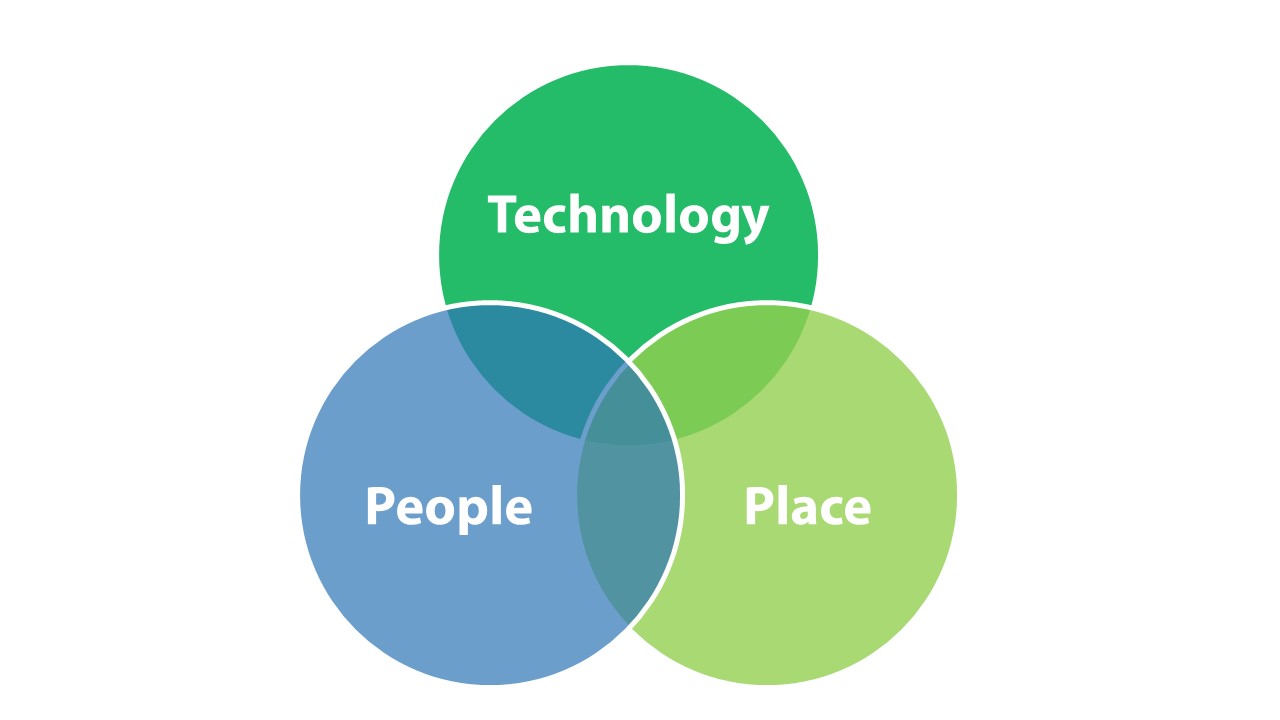The master planning process for new real estate assets is complex, identifying how a new development or facility will integrate with the existing neighborhood, community, and region, how sustainability, health, and wellness will be delivered, how resiliency will be executed, and how the new facility will provide a unique experience for occupants.
A master planning and programming process rightfully needs to encompass tangible function – gross square footage, site design, building aesthetics, budget, and more – but is ultimately intended to begin the process of creating something intangible – a sense of place.
Defining a “sense of place” is difficult. It encompasses context as well as the identity or “unique characteristics of a building or space that create meaning for an occupant.” Every occupant is different and the creation of the visceral experience we hope to deliver from sense of place varies from person to person. What architects and commercial real estate developers aspire to do is forge a meaningful connection between people and place; that is the promise of great design.
While the traditional elements of “place” that can evoke meaning remain critical – daylight, materials, health and wellness, structure, green space, etc. - the way in which occupants interact with places have changed. In today’s world, what connects people and place is technology and the digital experiences that technology delivers to make the connection between people and place personalized and responsive.

The world ‘digital’ has not traditionally been integrated into the master planning or programming process. However, if the objective of a facility is to create a meaningful connection between people and place, a digital strategy must be developed to identify the type of digital experience the owner seeks to create for building occupants. The entire occupant journey today relies on technology for information, personalization, security, and convenience. Parking applications direct drivers to available spots or open electric vehicle charging stations. Digital exhibits, art, and kiosks greet tenants and guests in reception areas. Digital signage enables efficient movement throughout the facility. Ambient experiences and soundscapes enhance outdoor spaces. Mobile applications enable security, convenience features like finding desks or conference rooms, and communication with the facility.
To successfully leverage technology to connect people and place, owners and architects must add digital strategy to their master planning and programming processes. A digital strategy has three key components:
Defining the Digital Experience Vision
Curating the experiences that the owner wants occupants to have with technology in the facility. This requires thinking about how that experience will be delivered, how it can be personalized, and how it will enhance the sense of place inside of the facility. It should consider how occupants will move throughout the space and how technology will inform and create efficiency in that movement.
Identifying Digital Touch Points
After creating a vision for the type of digital experience the owner wishes to deliver, digital touch points should be identified to determine which technologies can create that experience for occupants. Digital touch points will have impact on space design and aesthetics and identifying them in this planning process allows that integration to be done thoughtfully and without compromising the overall building design aesthetic.
Create a Data Intelligence Strategy
The built environment generates a vast amount of data. Most owners do not know how to capture, normalize, and leverage this data to their advantage. Attempting to develop a strategy for doing so after the building is occupied is extremely difficult. An effective digital strategy evaluates what data will be collected, how it will be stored, and how ownership and operations staff can use the data to improve occupant experience and building performance.
In today’s buildings, technology enhances great design. It enriches sense of place and makes that experience personalized and informative. Without a digital strategy, owners will be forced to attempt the integration of disparate, siloed technologies together, a process that never leads to a cohesive, value-creating digital experience for occupants.
Needing support for your digital master planning in the built environment? Reach out directly to Todd at tmb@ledesigngroup.com or fill out the quick form below. We would love to speak with you and see how we can help.